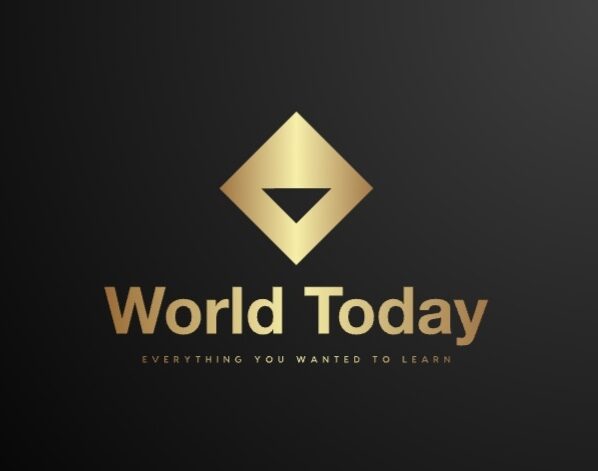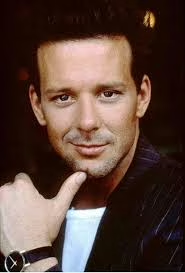
There are actors who rise, shine, and gently fade.
Then there are those rare few who burn so fiercely they leave a permanent mark — a scar, a memory, an ache.
Mickey Rourke is one of those few.
A man of divine beauty, raging spirit, and heartbreaking vulnerability, Rourke’s life and career are the story of talent both elevated and devoured by the fires of Hollywood, personal demons, and undying resilience.
This is the full, unfiltered story of Mickey Rourke — the boxer, the icon, the fallen angel, and the ultimate survivor.
Chapter 1: The Boy from Schenectady
Born Philip Andre Rourke Jr. on September 16, 1952, in Schenectady, New York, Mickey’s early life was far from stable.
His father abandoned the family when Mickey was just six, and his mother moved the family to Liberty City, a rough neighborhood in Miami, Florida.
It was there, surrounded by violence and survival instincts, that Rourke toughened up — and first fell in love with boxing.
By age 12, Mickey was training as a boxer, dreaming of championship belts instead of movie sets.
The ring was his refuge, his proving ground, and for a while, it seemed he would make his name with his fists, not his face.
Chapter 2: From the Ring to the Stage
After a concussion ended his promising amateur boxing career, Mickey found himself searching for another way to express the storm inside him.
He enrolled in acting classes at the Lee Strasberg Institute in New York — a haven for method actors.
His raw intensity immediately stood out.
Unlike polished actors aiming for perfection, Rourke bled emotion in every scene.
He wasn’t acting; he was being.
His early roles in the late 1970s hinted at greatness — small parts, but unforgettable presences.
Then, in 1981, came his breakout in Body Heat, a steamy noir thriller where Rourke played a small-time arsonist.
He stole the scenes with minimal screen time — and Hollywood took notice.
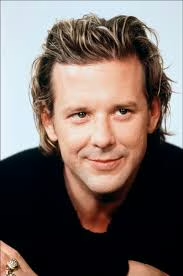
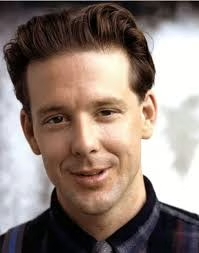
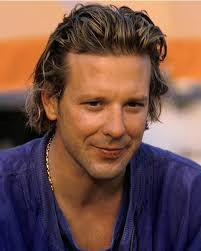
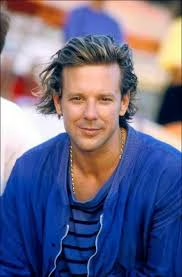
Chapter 3: The Meteoric Rise — Rumble Fish and Angel Heart
The 1980s were Mickey Rourke’s glory years.
It wasn’t just that he was good — he was different.
Dangerous, magnetic, impossibly beautiful yet radiating a sense of destruction.
Francis Ford Coppola’s “Rumble Fish” (1983) was a turning point.
As the Motorcycle Boy, Rourke delivered a mesmerizing performance: detached, poetic, tragic.
He wasn’t acting a rebel — he was a rebel.
Then came Angel Heart (1987), Alan Parker’s dark masterpiece.
Rourke played Harry Angel, a cynical private investigator drawn into a nightmarish web of voodoo and murder.
His performance was haunting: sweaty, fearful, arrogant, vulnerable — sometimes all within a single shot.
Critics called Rourke the next Brando, the next James Dean, the next De Niro.
But Mickey Rourke didn’t want to be the next anything.
He wanted to be himself — and that need for authenticity would both elevate and destroy him.
Chapter 4: Handsome Johnny and China Town Dreams
Throughout the mid-to-late ’80s, Rourke continued picking roles that felt intensely personal.
He starred in “Year of the Dragon” (1985) and later in “Johnny Handsome” (1989), where he played a deformed gangster seeking a second chance at life after reconstructive surgery.
The metaphor wasn’t lost: even in fiction, Rourke portrayed broken men seeking redemption.
“Johnny Handsome” was a critical darling but flopped at the box office — a recurring theme in Rourke’s career.
Audiences didn’t always know what to do with such unfiltered emotion, such naked pain.
“The Pope of Greenwich Village” (1984) is another jewel in Rourke’s crown.
As “Charlie,” a small-time hustler with big dreams, Rourke was heartbreaking, embodying every struggling dreamer clinging to hope in a crooked world.
Chapter 5: The Fall — Rage, Rebellion, and Exile
By the early 1990s, Mickey Rourke’s career was on a collision course with disaster.
Stories of his unmanageable behavior on set, public outbursts, and clashes with directors spread across Hollywood.
Rourke was self-destructing, not with drugs (although there was excess), but with pride and rage.
He turned down major roles — parts in “Pulp Fiction,” “Platoon,” and “Rain Man” — out of stubbornness or mistrust.
Hollywood grew tired of him.
The offers stopped coming.
Mickey Rourke, the once-anointed heir to Hollywood greatness, was suddenly a pariah.
Broke, bitter, and disillusioned, he returned to his first love: boxing.
In the early 1990s, Rourke fought professionally in Asia and Europe.
He won most of his matches but at a devastating cost — his face was battered, broken, surgically altered, leaving him unrecognizable.
The once-godlike beauty was gone.
Chapter 6: The Long Road Back — Struggle, Loss, and Isolation
The next decade was a haze of B-movies, financial struggles, and personal tragedies.
His marriage to actress Carré Otis, a famously volatile union, ended in divorce.
Friends died.
Loved ones left.
In interviews, Rourke admitted to being suicidal at times, kept alive only by his dogs — loyal companions who understood his broken heart better than any human.
During this period, Mickey Rourke became a Hollywood ghost: everyone remembered him, few cared to look for him.
But the rebel fire still burned beneath the wreckage.
Chapter 7: Resurrection — The Wrestler and the Return of the King
In 2008, Mickey Rourke staged one of the most breathtaking comebacks in cinematic history.
“The Wrestler”, directed by Darren Aronofsky, was tailor-made for him.
The story of Randy “The Ram” Robinson — a faded, battered wrestler clinging to the last shreds of his dignity — mirrored Rourke’s own life so closely it hurt to watch.
And Rourke gave everything to the role: his pain, his hope, his loneliness, his battered heart.
It wasn’t just acting.
It was confession.
It was forgiveness.
The film premiered to rapturous acclaim.
Rourke won the Golden Globe, the BAFTA, and an Oscar nomination.
For a moment, the world remembered why Mickey Rourke had once been called the greatest actor of his generation.
Chapter 8: The Later Years — Legacy, Scars, and Peace
Since The Wrestler, Mickey Rourke has remained a fascinating, polarizing figure.
He starred in Sin City, Iron Man 2, and The Expendables, among others, often playing men who, like him, carried the scars of a thousand battles.
He speaks openly about his mistakes now.
About how his ego destroyed his career, how pride cost him love, how pain taught him humility.
He still walks the streets with the swagger of a fighter and the haunted eyes of a poet.
Age and surgery have changed his appearance, but not his soul.
And the soul of Mickey Rourke — that wounded, defiant, beautiful soul — is what audiences will remember long after the face is gone.
Conclusion: Mickey Rourke — A Rebel for All Time
Mickey Rourke never played by the rules.
He never cared to fit in.
He loved too fiercely, fought too recklessly, fell too hard, and rose too bravely.
Hollywood may cherish polished, safe stars — but it secretly adores the wild ones, the broken ones, the ones who can never quite be tamed.
Mickey Rourke is not just a survivor.
He is living proof that beauty and pain, rage and tenderness, failure and redemption can coexist within a single soul.
In a world obsessed with perfection, Mickey Rourke remains a reminder of something rarer and more precious:
authenticity.
And for that, he will always be unforgettable.
